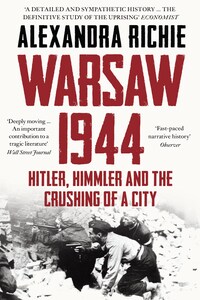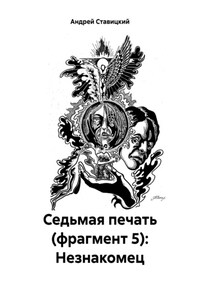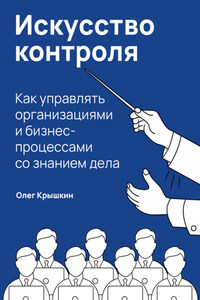William Collins
An imprint of HarperCollinsPublishers
77–85 Fulham Palace Road,
Hammersmith, London W6 8JB
www.WilliamCollinsBooks.com
First published in Great Britain by William Collins in 2013
Copyright © Alexandra Richie 2013
Maps by John Gilkes
Cover photograph © AFP/Getty Images
Alexandra Richie asserts the moral right to be identified as the author of this work.
A catalogue record for this book is available from the British Library.
All rights reserved under International and Pan-American Copyright Conventions. By payment of the required fees, you have been granted the non-exclusive, non-transferable right to access and read the text of this e-book on-screen. No part of this text may be reproduced, transmitted, down-loaded, decompiled, reverse engineered, or stored in or introduced into any information storage and retrieval system, in any form or by any means, whether electronic or mechanical, now known or hereinafter invented, without the express written permission of HarperCollins.
Source ISBN: 9780007180417
Ebook Edition © October 2013 ISBN: 9780007523412
Version: 2014-07-23
1. Hitler in Warsaw, 5 October 1939. (Topfoto)
2. Soviet troops advance on Warsaw in the summer of 1944. (AKG)
3. ‘Agaton’ leads his troops to battle on 1 August 1944. (Zygmunt Walkowski)
4. A Warsawian attempts to cross a street to safety on the first day of the uprising. (Zygmunt Walkowski)
5. Barricade at Marszaticorska and Zlota streets. (Zygmunt Walkowski)
6. German troops in Wola. (Zygmunt Walkowski)
7. Heinz Reinefarth, who ordered the first wave of massacres in Wola. (Zygmunt Walkowski)
8. An Azeri unit sharing sausages with their German colleagues. (Zygmunt Walkowski)
9. Men, women and children killed on 5 August 1944.
10. Wanda Lurie and her son Mścisław. (Courtesy Mścisław Lurie)
11. Dirlewanger troops advancing. (Zygmunt Walkowski)
12. Hala Mirowska, one of the sites of mass murder by the Dirlewanger Brigade. (Zygmunt Walkowski)
13. A Polish flag raised over Starynkiewicza Square in the first days of the uprising. (Zygmunt Walkowski)
14. A Junkers landing at Okecie airfield. (Zygmunt Walkowski)
15. A ‘Karl’ mortar, the largest self-propelled siege gun ever built. (Zygmunt Walkowski)
16. Aerial view of Warsaw during the uprising. (National Archives and Records Administration (NARA), College Park Annex, microfilm and documents collections)
17. Women being taken from Ochota to Zieleniak camp. (Zygmunt Walkowski)
18. Women and children on their way to Pruszków transit camp. (Zygmunt Walkowski)
19. Civilians and a German tank in Zelazna Brama Square. (Zygmunt Walkowski)
20. Krowas hurtling towards an AK-held area of Warsaw. (Zygmunt Walkowski)
21. Krowas being unloaded. (Zygmunt Walkowski)
22. A victim of a Krowa attack. (Warsaw Rising Museum, http://www.1944.pl/en/)
23. A ‘Goliath’ remote-controlled miniature tank. (Zygmunt Walkowski)
24. The Panzer train that bombarded the Old Town. (Zygmunt Walkowski)
25. German troops attack the Stone Steps in the Old Town. (Zygmunt Walkowski)
26. German soldiers clamber over rubble in the ruins of the Old Town. (Zygmunt Walkowski)
27. Germans remove their dead using stretchers provided by the AK. (Zygmunt Walkowski)
28. A mass grave in Długa Street. (Warsaw Rising Museum, http://www.1944.pl/en/)
29. Swastikas and red crosses painted on the roofs of buildings in Ochota to prevent German planes from bombing their own positions. (National Archives and Records Administration (NARA), College Park Annex, microfilm and documents collections)
30. Supplies dropped on Warsaw by the Western Allies. (akg-images/East News)
31. An AK soldier emerging from the sewers into German hands on Dworkowa Street. (Mondadori via Getty Images)
32. German soldiers drop leaflets informing Warsawians of the city’s surrender. (Zygmunt Walkowski)
33. A German soldier guarding members of the resistance after the end of the uprising. (Getty Images)
34. Warsawians emerging from their hiding places. (Zygmunt Walkowski)
35. Two AK nurses leave the city as prisoners of war in October 1944. (Zygmunt Walkowski)
36. Von dem Bach presents a box containing Chopin’s heart to the Archbishop of Warsaw.
37. Bór meets von dem Bach after the surrender. (Topfoto)
38. German troops setting fire to buildings around Warsaw Castle after the surrender. (Zygmunt Walkowski)














